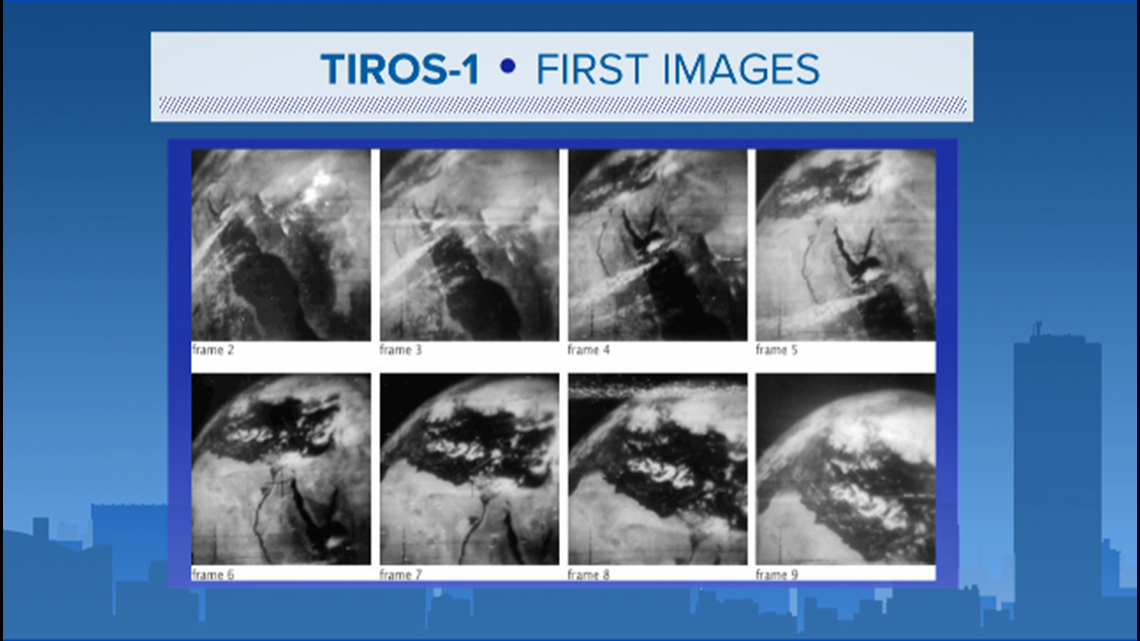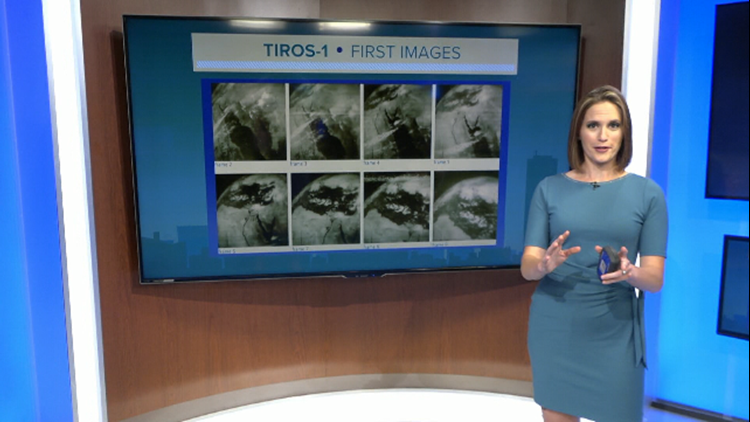BUFFALO, N.Y. — Sixty years may not seem like much time to some. But during the past six decades, weather forecasting technology has made some incredible leaps.
On April 1, 1960, Earth’s first satellite designed specifically for taking weather observations was launched into orbit from Cape Canaveral. The satellite went online shortly after and became known as TIROS-1.
TIROS-1 was lifted to just over 500 miles above Earth’s surface with two small television cameras. One camera took a wide view of Earth’s surface, the second took a slightly narrower view. The satellite continually orbited from pole to pole, taking still images as it went.
The images were primitive by our standards today, but they literally changed how we see our weather at the time. Before TIROS-1, we had no way to see an approaching hurricane. Think about that!


RELATED: How does a weather radar work?
TIROS was groundbreaking, but it left a lot of room for improvement. Dozens of satellites have been launched since, each one adding another tool for meteorologists at the surface.
In 1975, the first geostationary satellite (GOES-1) was launched. Unlike TIROS, GOES parked over a specific latitude and longitude and stayed there, orbiting with Earth. This allowed for looping images of the clouds below, showing how weather systems move over time.
The GOES satellite series is still active today with GOES-16 and GOES-17 monitoring weather over the eastern half and western half of the U.S. respectively. But these satellites aren’t just looking at clouds anymore! GOES-16 and GOES-17 are both equipped with instruments allowing them to sense and observe smoke, volcanic ash, ozone and even Earth’s magnetic field.
New episodes of Heather’s Weather Whys are posted to the WGRZ YouTube channel every Wednesday evening.
If you have a weather question for me to answer, send it to heather.waldman@wgrz.com or connect with me on Facebook or Twitter.



